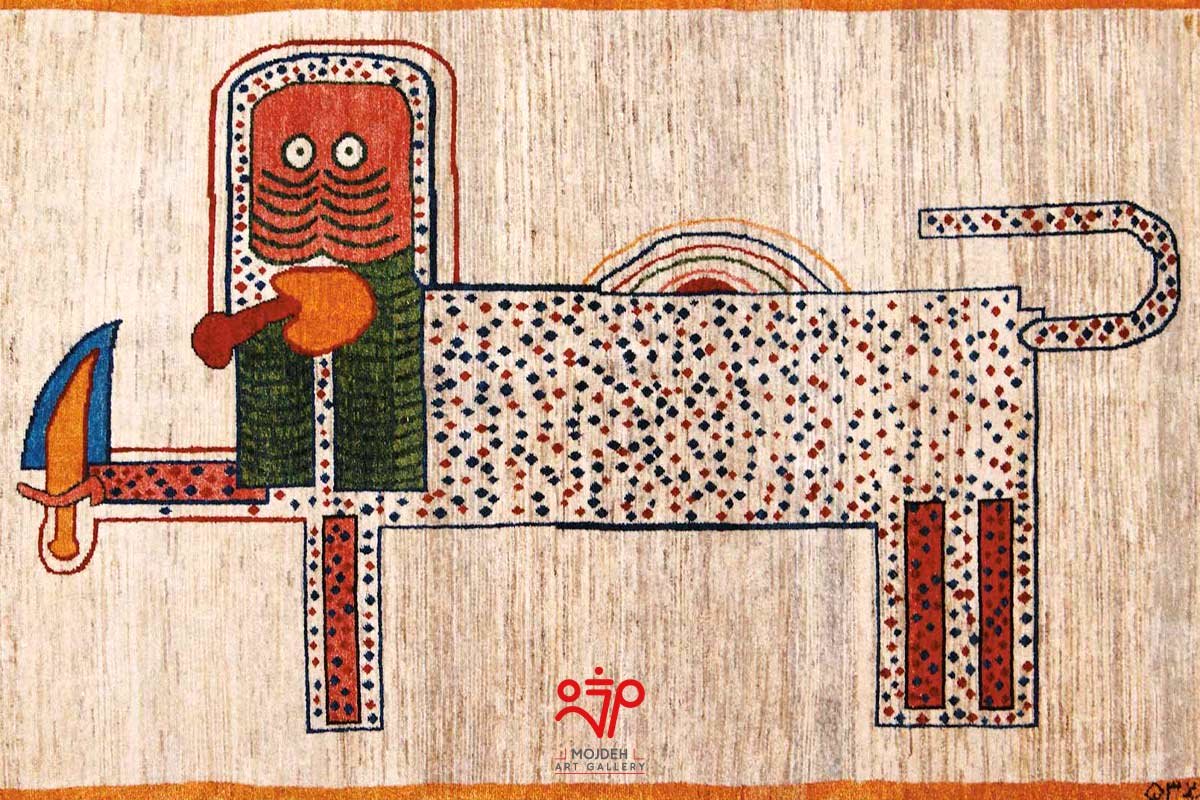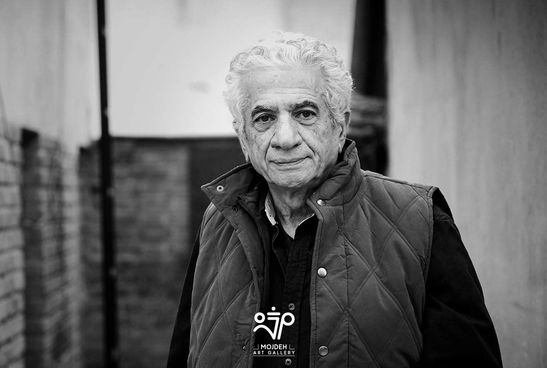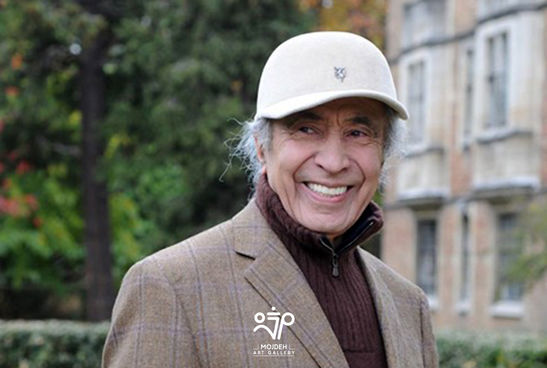The Extend of Culture in the Handmade of Parviz Tanavoli

Abstract
Parviz Tanavoli is one of the most important Iranian artists and one of the pioneering figures of the Saqqakhaneh School. The most important feature of his works is the use of elements of Iranian and Eastern art along with world art. Among his most notable creations, in line with the mentioned feature, are his carpets, which are a sign of research on the one hand and the use of research findings on the other hand for artistic expression. These carpets can represent two types of space for the audience: the tangible geographical space , which reflects the unique characteristics of carpets from various region of Iran and the metaphorical space that has a deeply rooted in Iranian mythology, literature and philosophical thought. The question that can be raised in this regard is: how these two real and metaphorical spaces create meaning and become the arena of intercultural dialogue and interaction? Our analysis draws upon the theoretical opinions of Yuri Lutman, Russian semiotician from the Tartu-Moscow school. Lotman’s definition of culture encompasses a semiosphere that is essential for elucidating the functions of both verbal and non-verbal languages. This sphere serves as both a condition and an outcome of cultural development, intricately linked to our understanding of various spaces, both real and metaphorical. In examining Tanavoli’s carpets through Lotman's point of view, we explore the co-presence of semantic layers in this semiosphere, our resultat reveals that the Tanavoli’s carpets have created a new semiosphere.
Marzieh Athari Nik Azm, Sohrab Ahmadi


